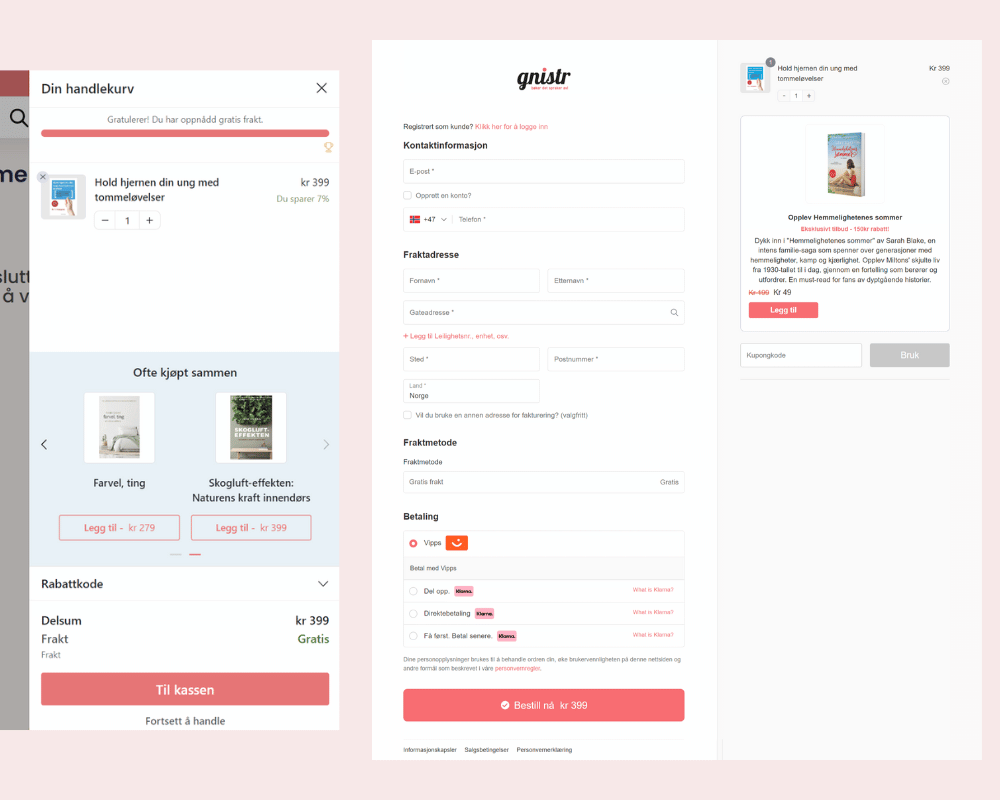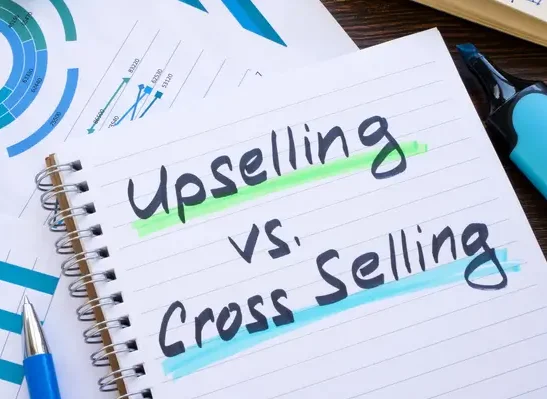1. Optimize Your Website for Mobile Users
The Mobile Commerce Revolution
The surge in mobile usage means that a significant portion of your audience is likely accessing your site from their smartphones or tablets. According to recent data, the global mobile commerce market was valued at $2.2 trillion in 2023, accounting for 60% of all ecommerce sales. Ensuring your website is mobile-friendly is a good practice for conversion rates and has become a necessity for ecommerce conversion optimization.
Tips for Mobile Optimization
- Responsive Design: Use a responsive design to ensure your site adapts seamlessly to different screen sizes.
- Fast Loading Times: Optimize images and use efficient coding practices to ensure your site loads quickly on mobile devices.
- Simplified Navigation: Design a clean, intuitive user interface that makes it easy for visitors to find what they’re looking for without excessive scrolling or clicking.
- Mobile Checkout: Streamline the mobile checkout process by minimizing form fields and allowing users to use digital wallets like Apple Pay or Google Wallet.
By focusing on these areas, you can create a smooth and enjoyable shopping experience for your mobile users, significantly improving the ecommerce conversion optimization of your website platform.
2. Enhance Product Pages with High-Quality Visuals
The Power of Visual Content
High-quality images and videos are critical for showcasing your products and persuading customers to make a purchase. Visual content helps to build trust and provides a clearer understanding of what the customer can expect.
Best Practices for Product Visuals
- High-Resolution Images: Use high-resolution images that allow customers to zoom in and see details.
- Multiple Angles and Views: Provide images from multiple angles and include close-ups of important features.
- Product Videos: Incorporate videos that show the product in use, highlighting its benefits and features.
- User-Generated Content: Encourage customers to share photos and ugc videos of their purchases, and feature this content on your product pages.
By enhancing your product pages with engaging and detailed visuals, you can effectively reduce uncertainty and boost your ecommerce conversion optimization.
3. Simplify the Checkout Process
Reducing Friction at Checkout
A complicated checkout process is one of the primary reasons for cart abandonment. According to Baymard Institute, the average cart abandonment rate is 69.57%. Simplifying the checkout process can significantly reduce this rate and improve your conversions.
Strategies for a Simplified Checkout
- Guest Checkout Option: Allow customers to complete their purchase without creating an account.
- Auto-Fill Forms: Use auto-fill capabilities to save customers time by automatically filling in shipping and billing information.
- Progress Indicators: Provide a clear progress indicator to show customers where they are in the checkout process.
- Multiple Payment Options: Offer a variety of payment methods, including credit/debit cards, PayPal, and other digital wallets.
By using CRO strategies to make the checkout process as straightforward and user-friendly as possible, you can reduce cart abandonment and increase your conversion rates.

4. Utilize Customer Reviews and Testimonials
Building Trust Through Social Proof
Customer reviews and testimonials are powerful tools for building trust and influencing purchasing decisions. A study by BrightLocal found that 87% of consumers read online reviews for local businesses, and this behavior translates to e-commerce as well.
Implementing Effective Review Strategies
- Encourage Reviews: Actively encourage satisfied customers to leave reviews by sending follow-up emails or offering incentives.
- Display Reviews Prominently: Showcase reviews and testimonials prominently on your product pages and homepage.
- Respond to Reviews: Engage with customers by responding to their reviews, whether positive or negative. This shows that you value their feedback and are committed to improving their experience.
- Highlight User-Generated Content: Feature user-generated content, such as photos and ugc videos, to provide authentic and relatable testimonials.
By leveraging customer reviews and testimonials, you can build credibility and encourage more visitors to convert into buyers.
5. Implement A/B Testing to Optimize Performance
Data-Driven Decision Making
A/B testing, or split testing, is a method of comparing two versions of a webpage or app against each other to determine which one performs better. This approach allows you to make data-driven decisions and continuously optimize your e-commerce site for better performance. To improve your technical understanding you can read this guide for eCommerce Analytics.
Steps to Conduct Effective A/B Testing
- Identify Test Elements: Determine which elements of your site you want to test, such as headlines, images, calls to action (CTAs), or product descriptions.
- Create Variations: Develop two or more variations of the element you are testing.
- Run the Test: Use A/B testing tools to run the test and collect data on which variation performs better.
- Analyze Results: Analyze the results to identify which variation had a higher conversion rate and implement the winning version.
By consistently conducting A/B tests and refining your website based on the results, you can make informed decisions that lead to improved conversion rates over time.
Summary for Ecommerce Conversion Optimization
Boosting your e-commerce conversion rates requires a strategic approach that focuses on enhancing the user experience, building trust, and making data-driven decisions. By optimizing your website, you can create a more compelling and effective online shopping experience. Start applying these proven strategies today and watch your conversion rates soar.









